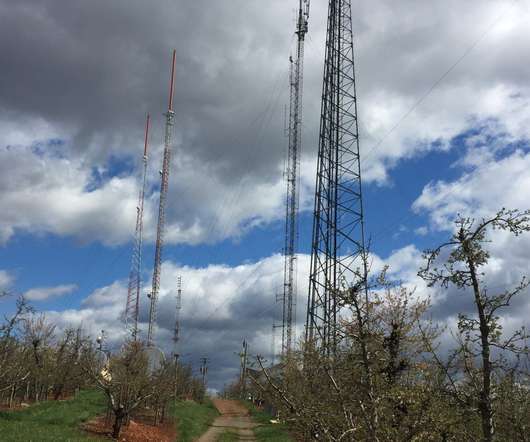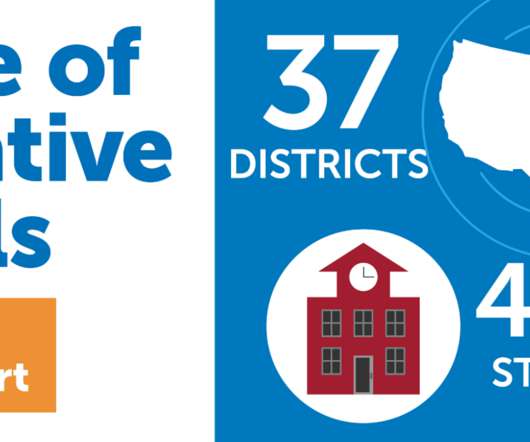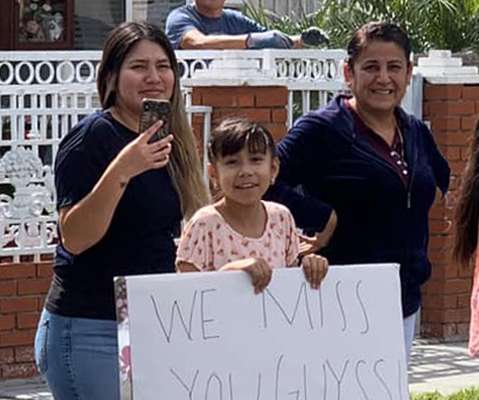OPINION: College in a pandemic is tough enough — without reliable broadband access, it’s nearly impossible
The Hechinger Report
JUNE 8, 2020
Sadly, though, the reality is that millions of Americans — in rural and urban areas alike, and including many underrepresented minorities — lack the reliable broadband connections needed to access postsecondary and K-12 education in a nation that remains in partial lockdown. Related: How to reach students without internet access at home?





















Let's personalize your content